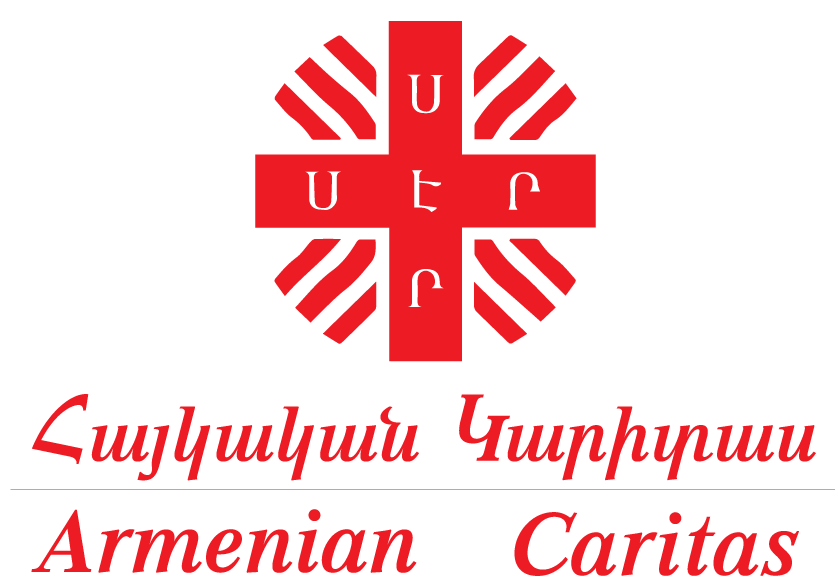Before moving on to the main topic, I would like to mention that the idea for the article was born during the “Trauma therapy through mediation in conflict and post-conflict regions” informative and interesting six-day training organized by European Ways Organization and Armenian Caritas organizations, where issues of great concern related to our region and the post-war situation were raised and discussed.
In many cases, violence becomes commonplace and becomes a way of life. Violence is not only the use of hard physical force, as we are accustomed to, but also a more multifaceted form of psychological influence. Sociological data on violence, in fact, do not correspond to reality, they are obviously low, because this problem is seldom brought up, especially if it concerns the family. Domestic violence occurs mainly in vulnerable families, but there are exceptions, the number of which is gradually increasing.
Violence is, first of all, a social problem, and should be considered as a multifaceted problem, which includes a series of measures aimed at ensuring the security of life, liberty and dignity of a person as a citizen, as well as their social prevention. Violence is a recurring cycle, that is, it is continuous or chronic. It is entirely based on the use and control of the use of physical and psychological force. Being widely spread, it is little spoken about and even less admitted, because very often neither the victims recognize theier status of victims, nor the abusers do, who very often attribute their behavior to the expression of care, attention and love. Violence implies unequal interpersonal, international, inter-ethnic, inter-racial relations. Violence of any kind is a serious threat that deepens over time.
There are many types of violence, but we will focus on the main three:
1․ physical: when adults reserve the right to treat children as well as some adults (both women and men) as owners, which results in ill-treatment, beatings, bodily injuries of varying severity, or, as we are accustomed to calling them, traumas,
2․ sexualized: when the body of a child or adult is regarded as a sexual object and intentionally manipulated by others for the purpose of sexual gratification or any other benefit, as well as sexual intimacy without the consent of a child, woman or man, against the will of the latters,
3․ psychological (behavioral, intellectual, emotional, etc.): is the most common type and not everyone knows how to deal with it. It is the deliberate manipulation of a child or another adult by adult, when the subjective factors of a person are ignored: freedom, dignity, rights, etc. This type of violence implies the existence of total control over the daily life of the victim through verbal insults, blackmail, spreading fear, persecution in various ways. The abuser makes the victim feel guilty and responsible for the situation.
Violence does not happen overnight․ It’s a cycle, which can be repeated at least once or twice a month.
Figure 1. Cycle of violence
Hereby, talking about violence, we inadvertently understand that it is closely related to trauma, because violence itself is a traumatic event, it mainly leads to trauma, be it physical or psychological. Moreover, these two are also related, because physical trauma mainly causes a psychological trauma, while the opposite option not always does. Moreover, physical trauma can get better over time without leaving a trace, whereas the psychological one causes a scar that is invisible but very noticeable.
Yerevan State Medical University
Department of Medical Psychology
Senior Lecturer, PhD in Psychology, Associate Professor
Kristine Samvel Avetisyan

